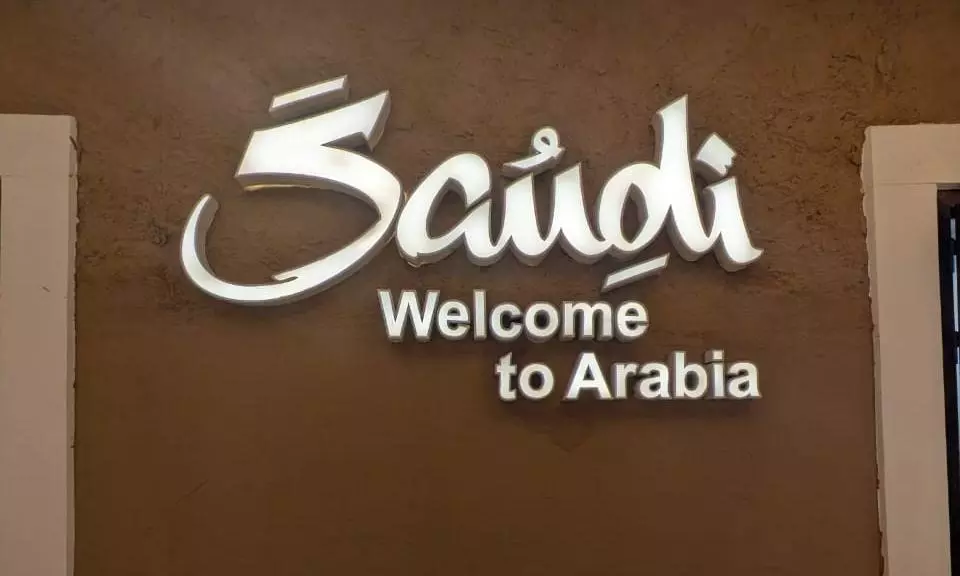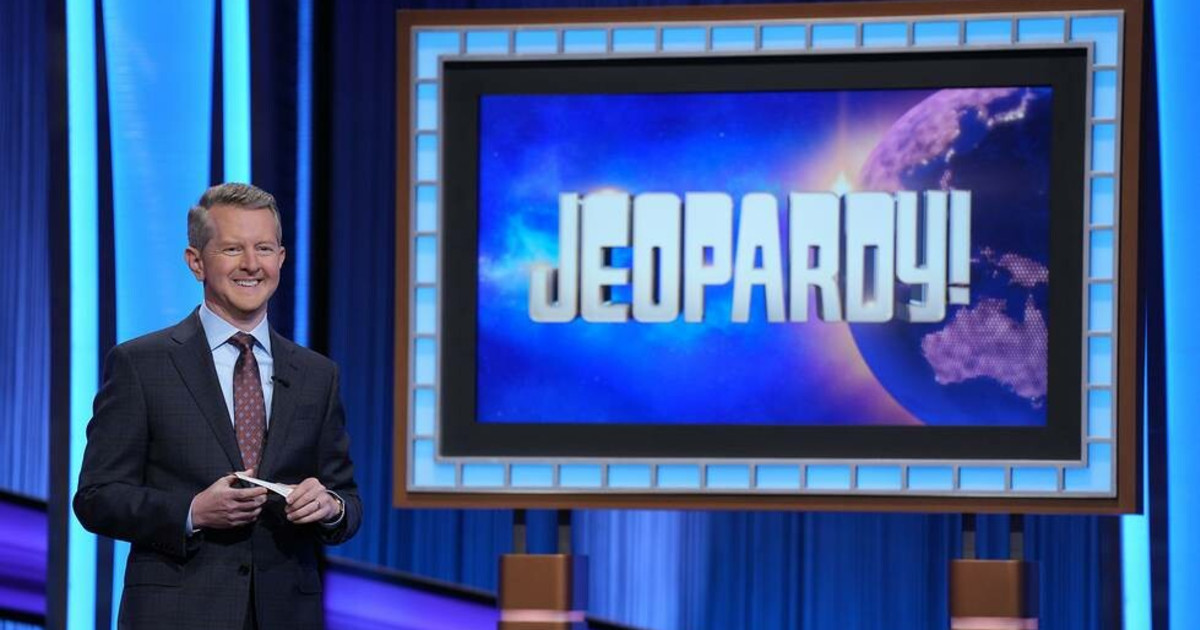Copyright deccanchronicle

The relationship between Saudi Arabia and India is not new; it is a story that stretches back through centuries, woven through the golden threads of trade, culture, and shared human values. The bond first took root in the ancient trade connections that flourished between the Arabian Peninsula and the Indian subcontinent. In those days, I am told, merchants from the Arab world reached the ports of India, carrying not only spices and silk but also ideas, languages, and faiths. Through these exchanges, both lands influenced each other deeply—especially in art, food, and customs. India, with its rich coastal trade, became a bridge between civilizations. The flavours, aromas, and colors of Indian culture found their way into Saudi homes. Many traditional sweets in Saudi Arabia today are instantly recognizable to Indians; they trace their origin to the royal kitchens of North India, now a beloved part of Saudi celebrations. One cannot speak of this connection without mentioning biryani, that fragrant symbol of love and hospitality. This dish, considered the heart of Indian cuisine, found its way across the sea and became equally cherished in Saudi Arabia, where it continues to be shared among families as a sign of friendship and unity. The Islamic influence that reached India in the 7th century also carried with it the wisdom and traditions of Arabia. From the early parts of India to the South, the seeds of faith and knowledge grew into a vibrant culture of coexistence. Over time, these cultural and spiritual links strengthened into diplomatic and people-to-people relations.Formal bilateral relations between Saudi Arabia and India began in 1935, when the then Crown Prince and Foreign Minister of Saudi Arabia visited India. This was soon followed by visits from Indian leaders, including the King’s visit in that same year. These exchanges laid the foundation of a lasting friendship. A year later, in 1936, King Abdullah continued the journey of dialogue and diplomacy, extending the bridge between Riyadh and New Delhi. His belief in inter-religious dialogue and global understanding made him a pioneer in shaping relations beyond politics—a vision rooted in respect and unity.Throughout the decades, this bond continued to grow. In modern times, it found new expression in the visit of the Crown Prince to India in 2019, where he met Prime Minister Narendra Modi. That visit was a moment of great warmth and admiration. It wasn’t just a political event; it was a celebration of shared heritage, mutual respect, and a vision for the future. Both leaders emphasized cultural understanding, and even the ancient Indian tradition of yoga found a place in their dialogue, symbolizing peace and inner strength.There have also been remarkable individuals who embodied this connection through art and culture. Among them, Ebrahim Al-Kazi, a figure known as the father of Indian theatre, whose family roots trace back to the Arab world. His life and work became a symbol of cultural fusion, a reminder that creativity knows no borders. Another prominent achiever with Indian roots, making waves in the Arab world, is Nouf Marwaai. She is also Saudi Arabia’s first certified yoga instructor. She is also a recipient of Padma Shri, India’s fourth highest civilian award.It is these moments remind us that the exchange between Saudi Arabia and India is not only about governments—it is about people, dreams, and shared destinies. Both nations are built on ancient civilizations. India, with its Vedic, Mughal, and Buddhist heritage, and Saudi Arabia, with its roots in the great Arabian civilizations and the establishment of the first Saudi state in 1744, share a deep reverence for history and tradition. In both lands, family, faith, and unity form the core of society.Today, over 2.6 million Indians live and work in Saudi Arabia, contributing to its development while carrying the warmth of their homeland. This living bridge of people continues to strengthen the friendship that began centuries ago.Saudi Arabia and India stand as two nations with diverse cultures yet united by their shared values—respect, hospitality, and a deep love for humanity. Their bond, like the desert wind meeting the monsoon breeze, carries stories of the past and hopes for a brighter future.



